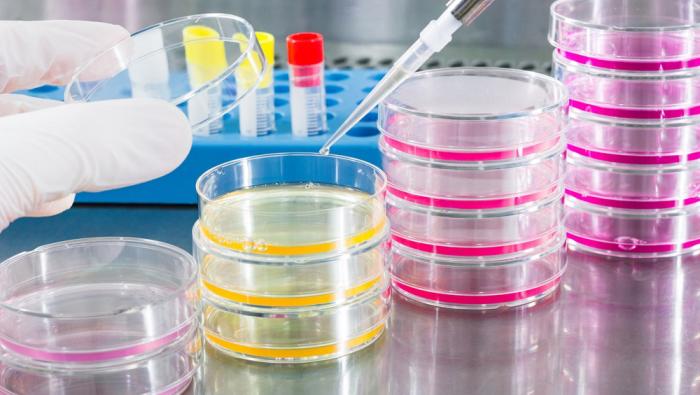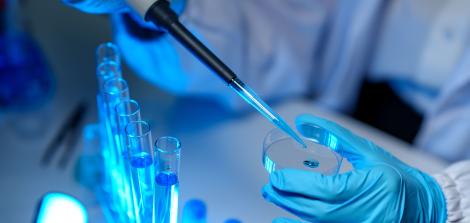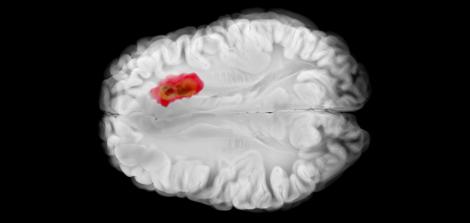Tissue engineering

Tissue engineering is a scientific field that combines biology, engineering and medicine to create new tissues for the restoration and replacement of damaged or diseased tissues in the human body. Tissues can be engineered in a lab for transplantation, or developed using methods that encourage tissue regeneration within the body. This field offers a variety of advanced technologies and methods for developing healthy tissues, including cell harvesting, 3D printing of tissues and the use of biological or synthetic scaffolds.
Cell harvesting: One method used in tissue engineering is the harvesting of healthy cells. This process involves collecting cells from a patient or a donor. The cells can come from various sources such as skin, cartilage or muscle, and are cultured under special lab conditions to create more cells. These cells serve as the foundation for building the new tissue.
3D printing of tissues: This advanced technology allows the printing of tissues layer by layer with a special device (printer) in a very precise manner. 3D printers use cells and biological materials to create complex structures, such as blood vessels or skin tissues. 3D printing enables the creation of personalized tissues that are tailored exactly to the patient's needs.
Biological or synthetic scaffolds: A scaffold is a support structure that serves as a framework on which cells can grow and organize into tissue. Scaffolds can be made from biological materials (like collagen) or synthetic materials (even plastic in some cases). The scaffold provides physical structure and support for the cells, allowing them to form fully functional tissue.
In addition to these methods, there are other technologies in tissue engineering, such as the use of growth factors to stimulate cell development and the incorporation of nanotechnology materials to enhance tissue function. Combining these methods allows doctors and researchers to create healthy and personalized tissues, which can help restore or replace damaged tissues and improve patients' quality of life.
Last Updated Date : 03/08/2024







![A person standing at a beach next to a big wave [representing post-trauma]](/sites/dangoor-medicine/files/styles/card_image/public/articles/%D7%A4%D7%95%D7%A1%D7%98-%D7%98%D7%A8%D7%90%D7%95%D7%9E%D7%94.jpg?itok=PnJYP1wn)
